Wild Theory That Needs Facts To Back It Up...
Kokomo-JB
11 years ago
Related Stories
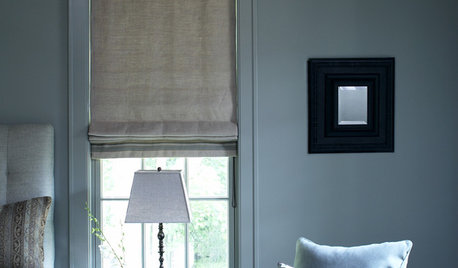
COLORBusted! Get the Facts for 8 Common Color Myths
Give hearsay the heave-ho — let these expert explanations improve your paint and decor choices instead
Full Story
DECORATING GUIDESDesign Risks From Mild to Wild
These interiors aren’t afraid to stand out — in fact, they embrace their distinctive features
Full Story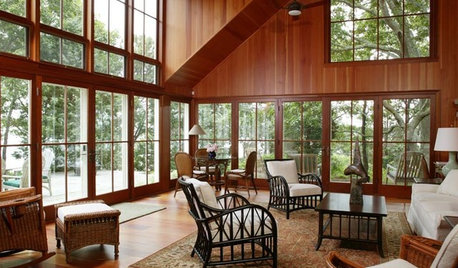
ARCHITECTUREWant to Live by the Water? What You Need to Know
Waterside homes can have amazing charm, but you'll have to weather design restrictions, codes and surveys
Full Story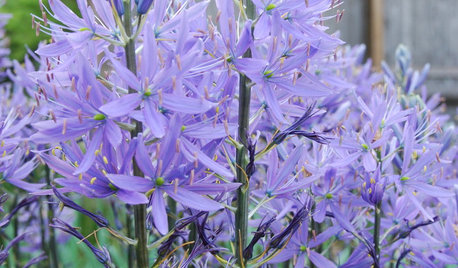
BULBSGreat Design Plant: Wild Hyacinth for a Bolt of Blue
Get knockout spring blooms on spiky stems by planting these bulbs before the ground freezes
Full Story
ECLECTIC HOMESHouzz Tour: Wild Ideas in the Windy City
When bold art meets great architecture and interior design, something wonderful happens
Full Story
FUN HOUZZ31 True Tales of Remodeling Gone Wild
Drugs, sex, excess — the home design industry is rife with stories that will blow your mind, or at least leave you scratching your head
Full Story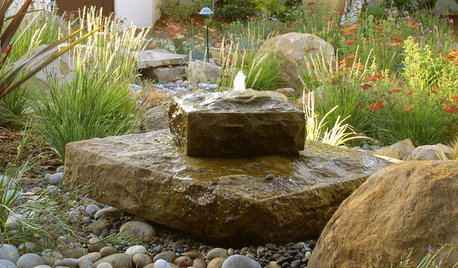
LANDSCAPE DESIGNThe Benefits of Wild Landscape Design
Wildness doesn’t have to mean disorder. Here are some things it brings to the garden and life
Full Story
LANDSCAPE DESIGNLiving on the Edge of the Wild
When Mother Nature is your neighbor, the possibilities — and responsibilities — can be that much greater
Full Story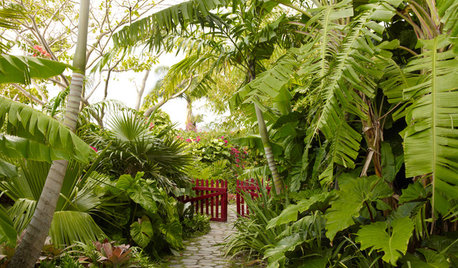
LANDSCAPE DESIGNWild Gardens Bring Excitement and Beauty to Landscapes
Forget what’s expected and ‘fashionable.’ Bold gardens teeming with site-appropriate plants make for a richer experience
Full Story
LOFTSHouzz Tour: Loft Redo Ups the Industrial Factor in Toronto
Hot-rolled steel, distressed marble and pristine white walls bring a converted warehouse loft back to life
Full StorySponsored
More Discussions







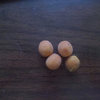
jimhardy
Dave in NoVA • N. Virginia • zone 7A
Related Professionals
Baltimore Landscape Architects & Landscape Designers · Grand Haven Landscape Architects & Landscape Designers · Manhattan Beach Landscape Architects & Landscape Designers · Wake Forest Landscape Contractors · Arden-Arcade Landscape Contractors · Euclid Landscape Contractors · Fort Wayne Landscape Contractors · Milford Mill Landscape Contractors · Selma Landscape Contractors · Aventura Window Contractors · DeLand Window Contractors · Opa Locka Window Contractors · Sebring Window Contractors · Brentwood Los Angeles Outdoor Lighting & Audio Visual Systems · Malibu Outdoor Lighting & Audio Visual Systemsjacklord
Kokomo-JBOriginal Author
cliff98
jfacendola
jimhardy
garyfla_gw
cliff98
jimhardy
Kokomo-JBOriginal Author
jimhardy
lzrddr
cliff98
Kokomo-JBOriginal Author
eriktampabay
Kokomo-JBOriginal Author
jimhardy
eriktampabay